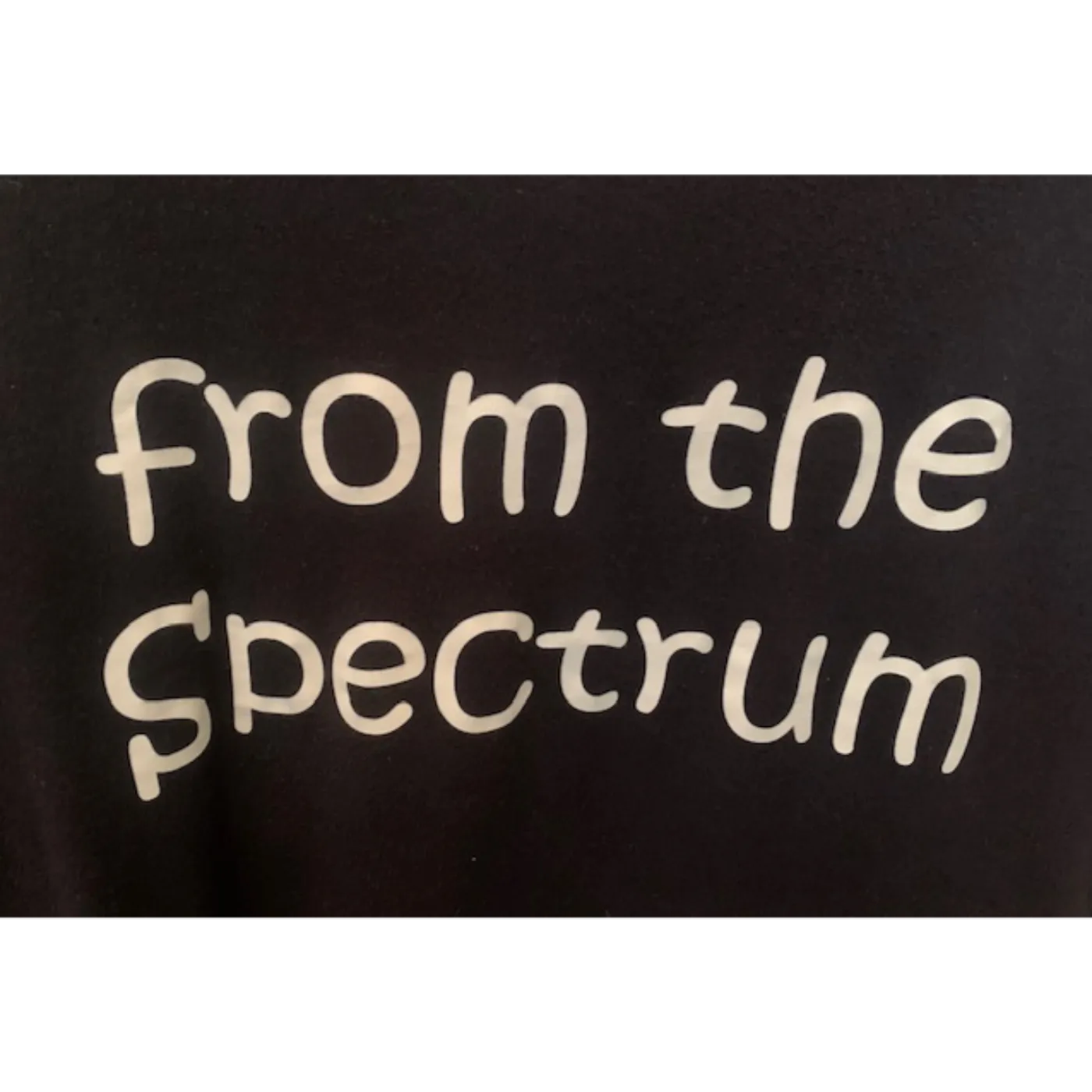
From the Spectrum: Finding Superpowers with Autism
Autism and the Basal Ganglia: "Motivations" & Movements from Learning and Habits
In this episode, we explore the Basal Ganglia. The basal ganglia are a group of subcortical nuclei that play a crucial role in orchestrating movement. They are involved in what's known as the 'Go, No-Go' decision-making process, where they help decide whether to initiate or suppress actions. This region is critical where motivation translates into action.
When discussing "motivations," we must be cautious; motivations aren't consciously defined by us but by our nervous system, which operates based on learned behaviors, habits, and neural pathways. The nervous system is designed to conserve energy by automating responses, which explains why it favors habit formation over constant conscious decision-making. It responds based on what it has learned, including connections, habits, and the rules established by our internal calculators.
General Description of the Basal Ganglia:
Inputs: Caudate Nucleus and Putamen
Relays: Globus Pallidus External (GPe) and Subthalamic Nucleus
Outputs: Globus Pallidus Internal (GPi) and Substantia Nigra Pars Reticulata (SNr)
Modulator: Substantia Nigra Pars Compacta (SNc)
00:00 - Defining the Autistic Phenotypes.
00:17 - Exploration of basal ganglia, focusing on the dorsal striatum.
00:40 - Explanation of connecting Autistic Phenotypes with behaviors and implications through biology.
01:00 - Detailed description of the basal ganglia's role in subcortical functions.
01:50 - Discussion on the relationship between eye and brain development.
02:18 - Explanation of basal ganglia's role in motivation and movement convergence.
03:02 - Insight into how the nervous system conserves energy and responds to known patterns.
03:52 - Explanation of why change is hard due to basal ganglia functions.
04:37 - paper on excitation-inhibition phenomena in autism.
05:07 - Genetic implications in autism: SHANK3, Neuroexcin, Neuroligin,
06:45 - Discussion on the enlargement of the dorsal striatum in autism.
08:07 - Identification of the caudate nucleus and putamen as inputs to the basal ganglia.
09:40 - Role of the putamen in motor skill acquisition and fine-tuning movements.
11:59 - Connection between the putamen and Autism-related motor behaviors like stimming.
13:30 - Discussion on Autistics preferring their inner world.
16:04 - Importance of the substantia nigra and dopamine in human function.
18:26 - Dopamine receptors and their roles in Autism.
20:03 - Subdivisions of the substantia nigra and their functions.
21:01 - Description of the globus pallidus and its role in basal ganglia circuits.
22:29 - Feedback loops involving the globus pallidus and subthalamic nucleus.
23:40 - Implications of delayed or inefficient signal loops in movement control.
24:57 - Role of the thalamus in processing sensations.
26:31 - Subthalamic nucleus as a major relay center for motor control.
28:47 - Linking Autism criteria with basal ganglia function.
30:20 - Coverage of all four criteria B symptoms related to Autism.
32:14 - Morphology of neural connections in Autism.
32:51 - Reviews and ratings.
Hopp: https://www.hopp.bio/fromthespectrum
YT: https://www.youtube.com/channel/UCGxEzLKXkjppo3nqmpXpzuA
TikTok: (I don't love it) https://www.tiktok.com/@fromthespectrumpodcast
email: [email protected]